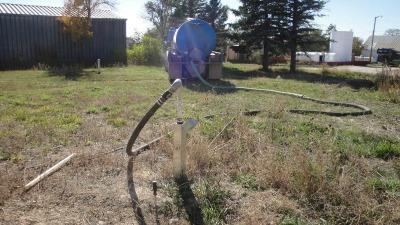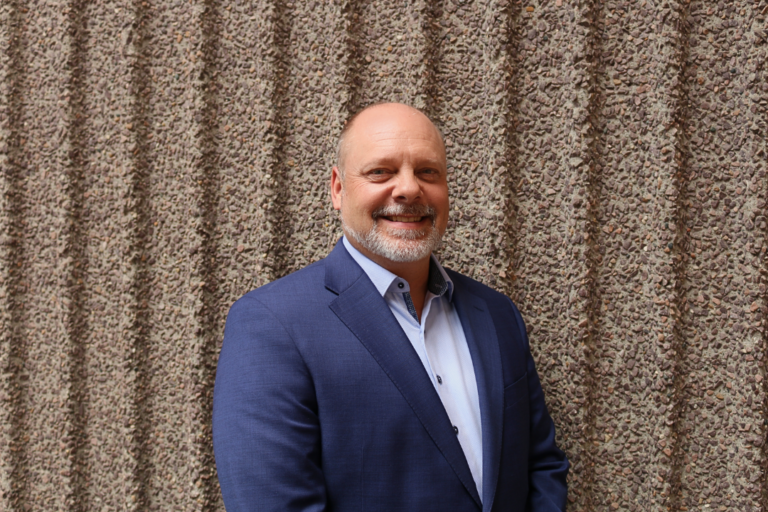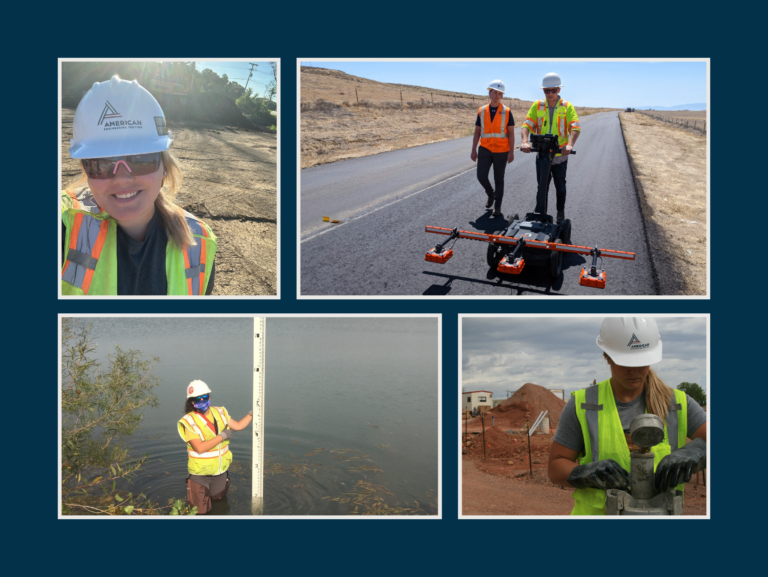When challenged with cleaning up a site plagued with a petroleum release, your options for getting the job done may seem endless. New remediation technologies and tactics seem to pop up around every corner—each promising to require less of your time and money. But there are some remedial techniques that have proven their effectiveness over decades, and often provide the most “bang for the buck.”
To help you become better acquainted with these tried-and-true techniques, here’s what you should know about each:
Soil vapor extraction in conjunction with air sparging
The combination of soil vapor extraction (SVE) and air sparging (AS) is an ideal remediation technique for consideration when petroleum contamination exists both above and below the groundwater table, and within an appropriate geologic environment. Petroleum hydrocarbons, especially lighter phase petroleum products such as gasoline, exhibit a relatively high vapor pressure, or the ability to easily vaporize into air. Even when petroleum products become trapped within subsurface soils or dissolved in groundwater as the result of a spill or release, they maintain a natural affinity to vaporize—and this characteristic is what often makes SVE/AS techniques an effective remedial option.
Air sparging involves injecting/pumping air into contaminated groundwater to enhance the volatilization of the petroleum contamination. As the injected air rises upward through the contaminated groundwater, it contacts the dissolved liquid phase petroleum. The petroleum vaporizes into the air bubbles and is carried upward into the vadose zone soils above the water table. The petroleum vapors are then extracted or “vacuumed” from the vadose zone soils through the use of SVE.
Multi-phase extraction
When a free phase (liquid) petroleum product (FP), such as gasoline, is floating on top of the water table, multi-phase extraction can be an efficient and cost effective technique for its removal. Simply explained, this involves inserting a small diameter (1 to 1.5-inch nominal) pipe into a groundwater monitoring or recovery well that has been installed into the subsurface where the FP is present. A high vacuum (15-20 inches-Hg) pump connected to the small-diameter pipe simultaneously extracts the FP as well any groundwater containing dissolved petroleum beneath the floating FP. Subjecting the FP and dissolved petroleum fluids to this high vacuum force causes the petroleum hydrocarbons to vaporize.
Oxygen release compound injection
Oxygen release compound (ORC) injection is generally a remedial technique used for sites with lower concentrations of petroleum contamination. It can also serve as a final finishing technique to remediate petroleum release sites after initial source release mitigation has occurred. Essentially, ORC injection allows nature to work its magic by adding oxygen-enriched reagents into the saturated zone below the groundwater table. Nature has an uncanny ability to heal itself from the impacts of many sources of contamination.
Significant players in this action are the naturally occurring microorganisms present in the environment, many of which are very efficient at consuming contaminants, even petroleum hydrocarbons, as a food source. The addition of oxygen into a petroleum impacted environment results in aerobic conditions (oxygen-rich) under which the naturally occurring microorganisms can thrive and consume the petroleum hydrocarbons more efficiently, thereby enhancing nature’s ability to heal the environment.
The importance of pre-planning
Our natural environment varies greatly from location to location. A remedial technique that may be ideal for the site conditions of one location could be totally ineffective at another. Prior to consideration and implementation of any petroleum remediation strategy, it is essential to fully assess the nature, degree and extent of the contamination present at a location. The performance of a site-specific pilot study will evaluate the efficacy of a remedial technique and ensure the proper design and installation of the system to achieve your clean-up goals.
As survivors of decades of trial and error, experimental research, and technological innovation efforts to address petroleum contamination, time-tested, tried-and-true remedial tactics may be your best options for saving time, money and headaches on your next remediation project.
Bradley Bishop is a senior environmental project manager in AET’s Environmental Services Group. He can be reached at bbishop@amengtest.com.



